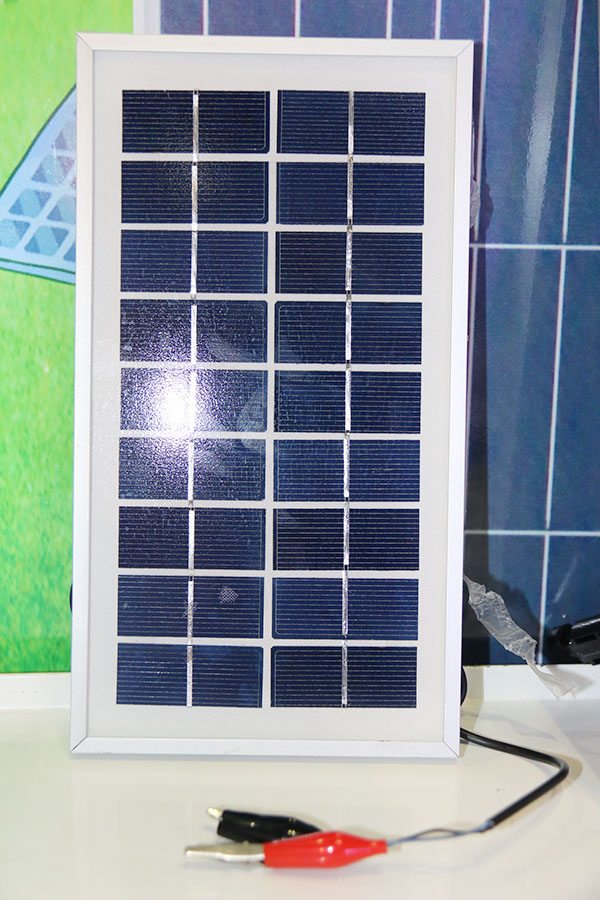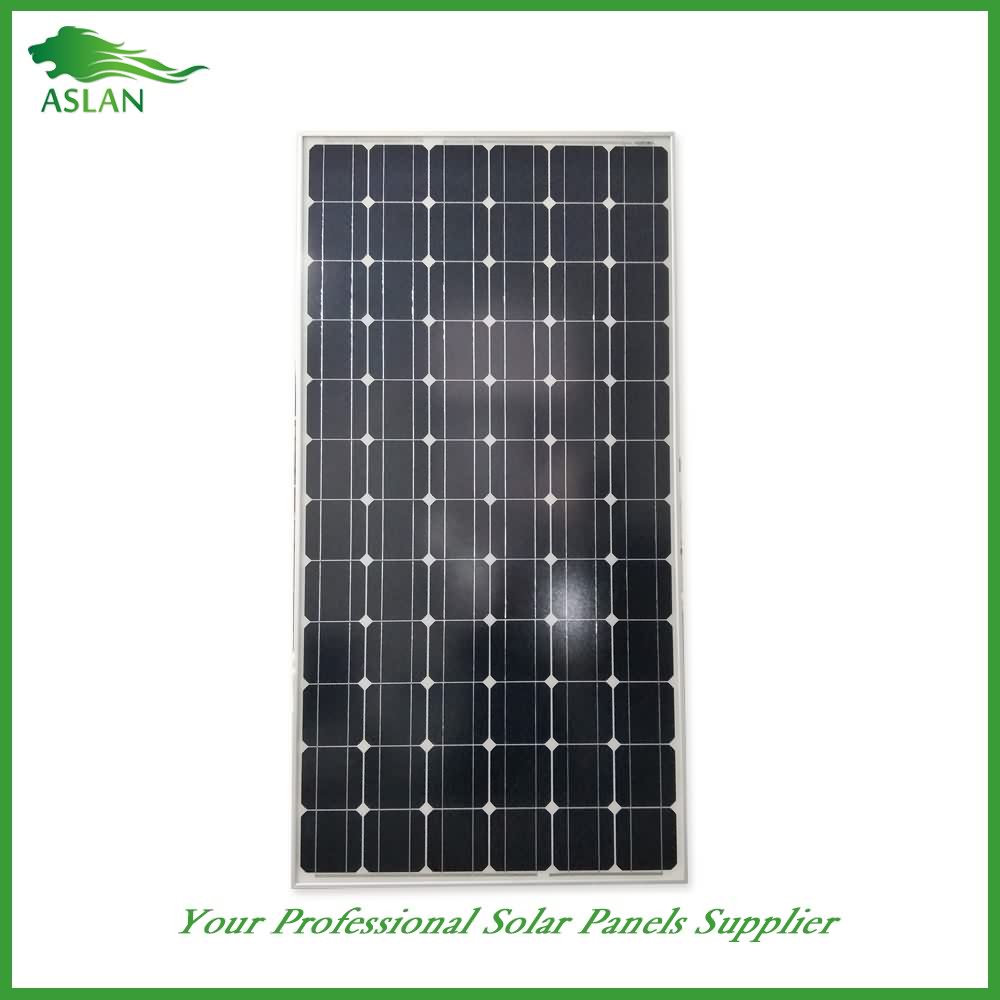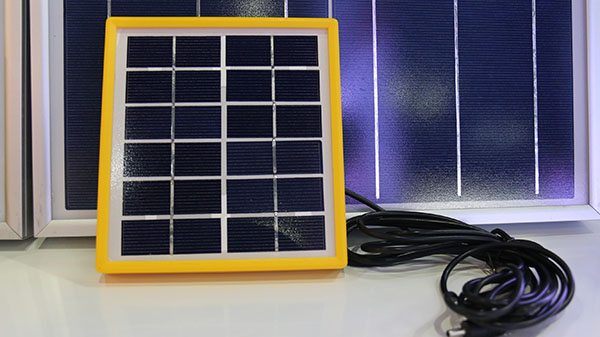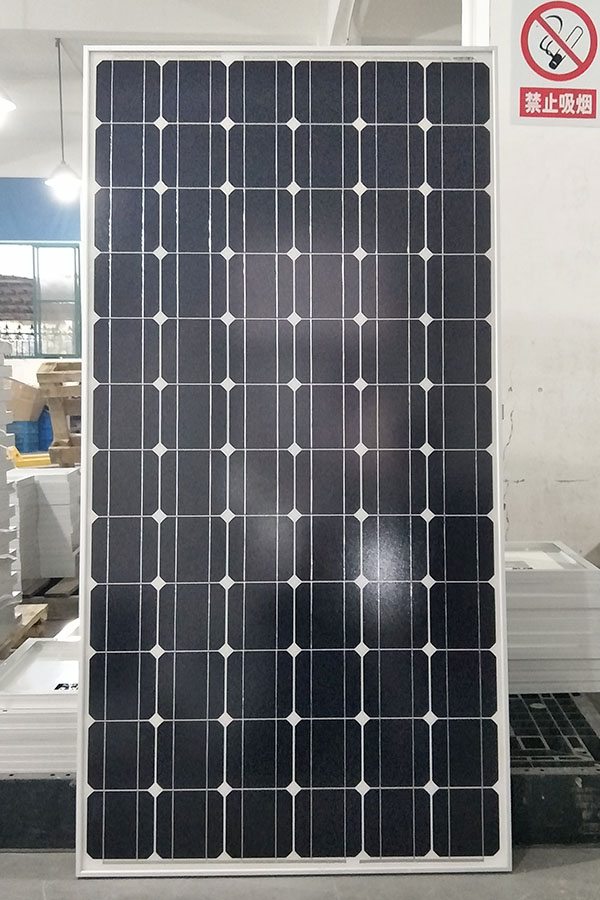19 Years manufacturer Poly-crystalline Solar Panel 3W Factory from Norway
Short Description:
Fast and good quotations, informed advisers to help you choose the correct product that suits all your needs, a short production time, responsible quality control and different services for paying and shipping affairs for 19 Years manufacturer Poly-crystalline Solar Panel 3W Factory from Norway, Any requires from you will be paid with our best attention!
Poly-crystalline Solar Panel 3W
Technical parameter
Maximum Power(W) 3W
Optimum Power Voltage(Vmp) 9V
Optimum Operating Current(Imp) 0.34A
Open Circuit Voltage(Voc) 10.8V
Short Circuit Current(Isc) 0.37A
Mechanical Characteristics
Cell Type Polycrystalline
No of Cell 18 (2x9pcs)
Dimensions 145x245x18mm
Weight 0.52KGS
Front Glass 3.2mm,High Transmission, Low Iron,Tempered Glass
Temperature and Coefficients
Operating Temperature(°C): -40°C ~ + 85°C
Maximum System Voltage: 600V(UL)/1000V(IEC) DC
Maximum Rated Current Series: 10A
Temperature Coefficients of Pmax: -0.435%
Temperature Coefficients of Voc: -0.35%
Temperature Coefficients of Isc: 0.043%
Nominal Operationg Cell Temperature (NOCT): 47+/-2°C
Materials of solar panel
1).Solar Cell——Polycrystalline solar cell 156*156mm
2).Front Glass——-3.2mm, high transmission, low iron, tempered glass
3).EVA——-excellent anti-aging EVA
4).TPT——-TPT hot seal made of flame resistance
5).Frame——anodized aluminum profile
6).Junction Box——-IP65 rated, high quality, with diode protection
Superiority: high quality anodized aluminum frame, high efficiency long life, easy installation, strong wind resistance, strong hail resistance.
Features
1. High cell efficiency with quality silicon materials for long term output stability
2. Strictly quality control ensure the stability and reliability, totally 23 QC procedures
3. High transmittance low iron tempered glass with enhanced stiffness and impact resistance
4. Both Poly-crystalline and Mono-crystalline
5. Excellent performance in harsh weather
6. Outstanding electrical performance under high temperature and low irradiance
Quality assurance testing
Thermal cycling test
Thermal shock test
Thermal/Freezing and high humidity cycling test
Electrical isolation test
Hail impact test
Mechanical, wind and twist loading test
Salt mist test
Light and water-exposure test
Moist carbon dioxide/sulphur dioxide
¿Te has preguntado como funcionan los paneles solares? En este vídeo te explico sobre su funcionamiento y el efecto fotovoltaico.
Puedes votar por este vídeo aquí: https://www.cienciaclip-hadron.com/copia-de-6-1
Algunas fuentes que me ayudaron y puedes consultar:
1. Williams, R. (1960). «Becquerel Photovoltaic Effect in Binary Compounds». The Journal of Chemical Physics 32 (5): 1505-1514. doi:10.1063/1.1730950
2. https://commons.wikimedia.org/wiki/File:Solar_Spectrum.png
3. http://www.enerpoint.es/photovoltaic_technology_1.php
4. http://solarfotovoltaica.galeon.com/ARCHIVOS/efecto.htm
What will happen if the Equalize stage of charging was interrupted halfway by thick clouds, stormy sky, volcanic ashes (lol) and other conditions which would not allow us to finish the Equalization stage? Will ‘Equalize stage of charging’ continue the following day regardless of the date?
Interrupted equalization simuted by isolating the panels via a disconnect switch.
EPsolar Tracer 4215BN MPPT SCC, 6x100W monocrystalline panels, 12-Volt System, 1000W Pure Sine Wave Inverter, 300Ah 12V Battery Bank (Motolite Solar Master Deep Cycle Batteries)




